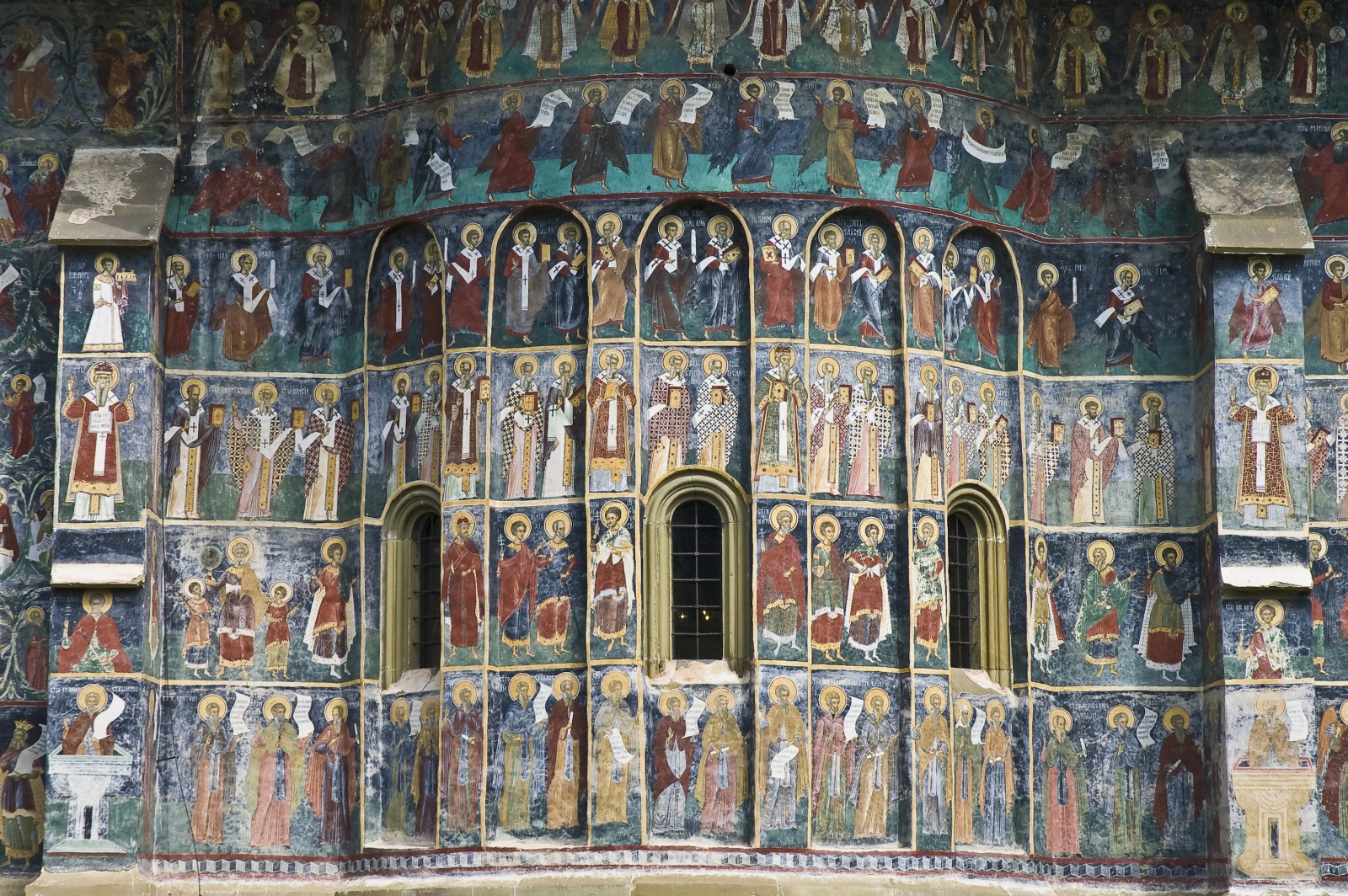Enjoy timeless pleasures and treasures in Romania’s idyllic countryside, from horseback rides through flower-carpeted pastures to ancient churches with elaborately painted exteriors. Then head for the forests to meet some of the country’s wild inhabitants – notably brown bears – or drive through the mountains on ‘the best road in the world’.
VISIT BRAN CASTLE

BACK TO TOP
GO BEAR SPOTTING IN TRANSYLVANIA

DISCOVER BUCOVINA’S PAINTED MONASTERIES

EXPLORE TRANSYLVANIA ON HORSEBACK

DINE WITH A SAXON FAMILY

DRIVE THE TRANSFĂGĂRĂȘAN HIGHWAY














